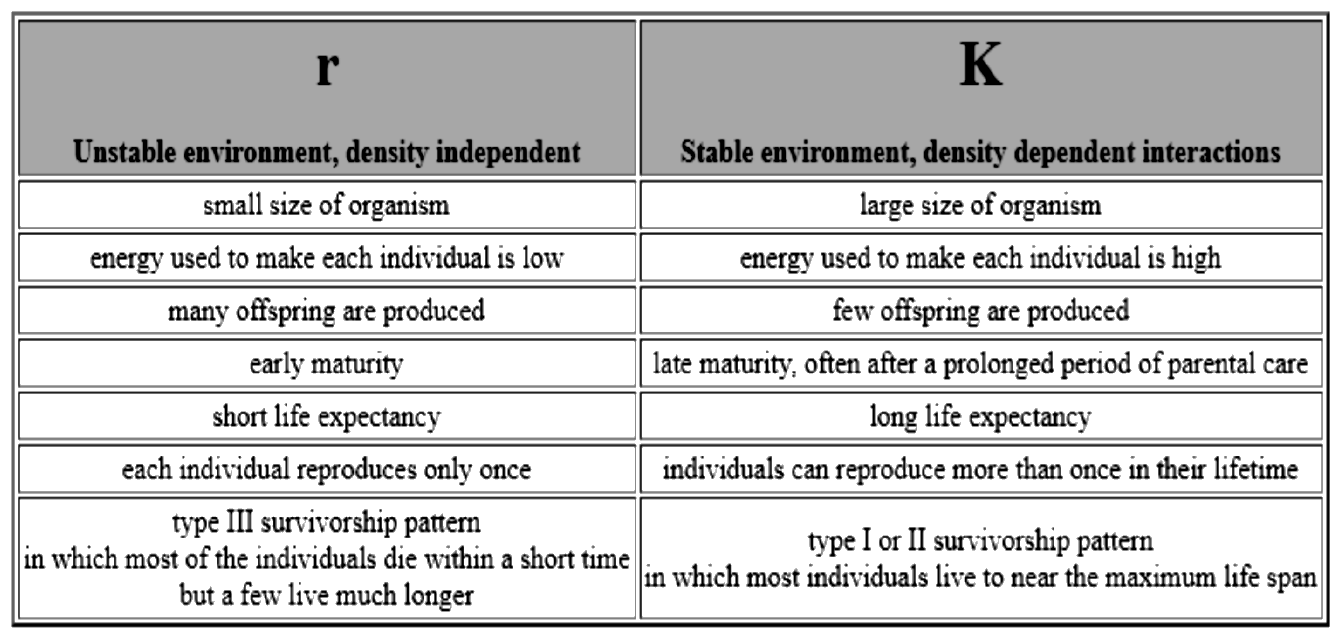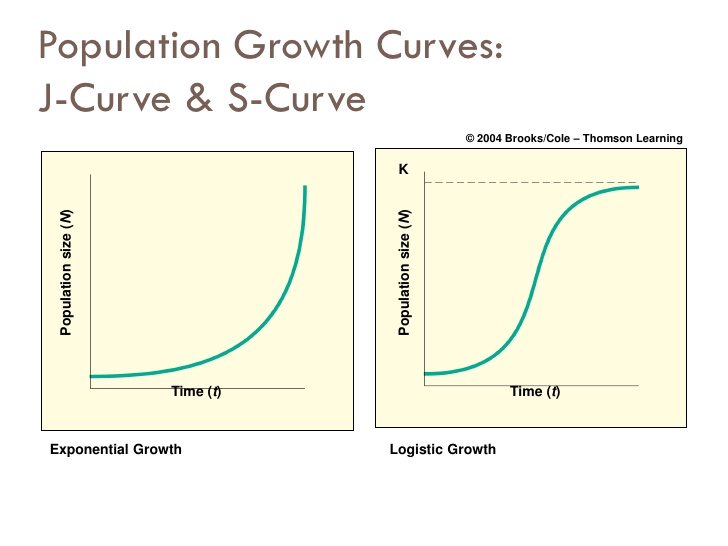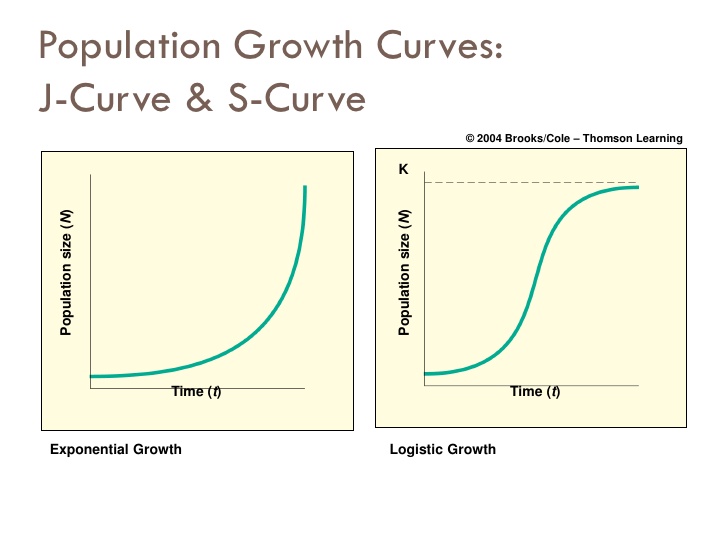2.1: Species and Populations
1/23
Name | Mastery | Learn | Test | Matching | Spaced |
|---|
No study sessions yet.
24 Terms
significant ideas 2.1
1) a species interacts with its abiotic and biotic environments; its niche is described by these interactions
2) populations change and respond to interactions with the environment
3) a system has a carrying capacity for a given species
ecology
the study of the living (biotic) and non-living (abiotic) parts that interact within an ecosystem
abiotic factors
non-living, physical factors in an environment (rocks, sunlight, wind, etc)
biotic factors
living-factors in an environment (plants, animals)
species
group of same type of organisms which can mate and produce fertile offspring
mules are not species because they have 63 chromosomes which cannot evenly divide, not sterile = not a species
keystone species
species that are crucial to the maintenance of their ecosystem/vital in determining the nature and structure of the entire ecosystem (wolves in yellowstone, sea otters in kelp beds)
habitat
where an organism lives (must provide food, water, and shelter) (address - sea ice for polar bears)
niche
particular set of abiotic and biotic conditions & resources to which an organism or population responds encompasses both physical/environmental conditions it requires and the interactions with other species (profession - tigers = apex predators which keep herbavore populations controlled)
levels of organisation
species, population, community, ecosystem, biome, biosphere
binomial nomenclature
scientific names
rules:
two parts: Genus species
always underlined or italicized
Genus capitalized, species not
niche partitioning
species occupy different areas (like how warbler species prefer to feed at different heights on a tree, therefore reducing competiton)
fundamental vs realized niche
* no 2 species can have the same ecological niche in the same place at the same time
fundamental niche = the entire range of conditions in which a species could live
realized niche = the actual conditions under which the species lives (usually due to competition)
Joseph Connell’s experiment: Semibalaus barnacles were abundant in mid to low intertidal zones, Chthamalus in the upper area. Removing Chthamalus, no Semibalanus repalces it (because their fundamental and realized niche were the same). When he removed Semibalanus, Chthamalus replaced it b/c Semibalanus was a better competitor, and the fundamental niche of Chthamalus was much bigger than its realized one)
intraspecific vs interspecific competition
intraspecific = competition for resources between organisms of same species (lots of mating competition, occurs b/c of overpopulation)
interspecific = competition for resources between 2+ species (no mating competition, occurs b/c of lack of physical resources)
population
group of same species in a specific range (interbreeding and interacting)
when populations are separated geographically, interbreeding stops and new species are formed
population dynamics: the study of the change in populations over time
predation
preying of one animal on others
herbivory
consumption of plant material by animals
parasitism
interaction where one species benefits and the other is harmed
mutualism
both species benefit
commensalism
one species benefits, the other is not harmed nor benefited

r-select species
species that produce large numbers of offspring, no maternal instinct, short lifespans, small in size, large in density
k-select species
species with longer lifespans, bigger in size, overlapping generations, longer gestation so less young, more energy, longer to reach maturity, maternal instinct

j-curves
no limiting factors → exponential growth
not realistic for most populations
boom & bust pattern (growth then sudden collapse due to intro of limiting factor)
population usually exceeds carrying capacity (the max # of organisms of a single species that an ecosystem can support) → overshoot then dieback
typical with r-select species

s-curves
first exponential growth phase (abundant food, space, light)
then transitional phase due to competition (intra)
population reaches carrying capacity and slows
represents logistic growth
environmental resistance: when exponential growth slows until carrying capacity is reached
in reality, it won’t exactly flatline, but fluctuate around the carrying capacity (an example of a negative feedback loop)
types of limiting factors
biotic: food, predation, disease, parasitism, invasive species, competition
abiotic: water, living space, global warming
both: habitat destruction, shelter, soil